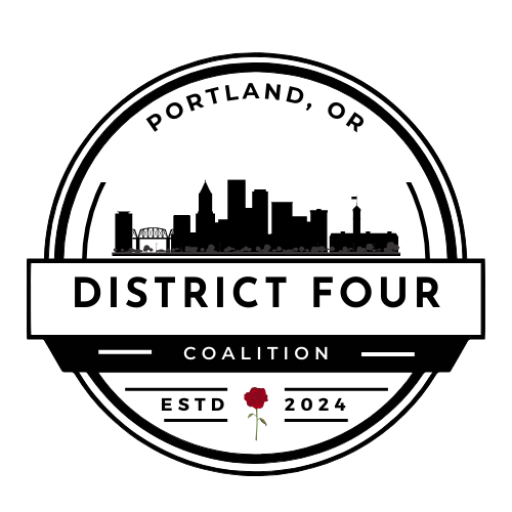Starting an E-Prep Team? Check these links for outreach templates:
These are some examples of a Toolkit you could use to start an Emergency Preparedness group of your own. Be sure to customize them all to fit your group or area.
- Neighbors Survey & Info sheet
- E-Prep Organizer Half-Sheet Cover Message Sample
- E-Prep brochure template
- Building E-Prep Committee Poster Sample
Recommended steps for starting your emergency preparedness plan:
- Be informed about disaster risks. In Oregon winter storms, floods, heat waves and earthquakes threaten residents. Check out www.ready.gov for the latest preparedness information.
- Build an Emergency Kit. A disaster can happen anywhere you live and work. Once it happens it may take days for responders to reach you and you may have to go without food, water, or electricity. Build an emergency kit with two weeks supply of food, water and other necessary supplies. For a recommended list of emergency kit items see the American Red Cross
- Make an Emergency Plan. Talk with your family and friends about what you will do if you’re not together during an emergency. Discuss how you’ll contact each other, where you’ll meet, and what you’ll do in different situations. Read how to develop a family disaster plan at Red Cross. The Oregon Office of Emergency Management has an array of preparedness materials to help people plan for disasters, which are available through local county emergency management offices. The OEM Emergency “Go-Kit Passport” is a mini-booklet that provides a way to track family information, home evacuation plan, medical contacts and prescription needs, insurance carriers and room to include critical information for family pets. In addition, the booklet contains a list of basic emergency kit items and links to other disaster preparedness resources.
- Take it 1 Step at a Time. Do1Thing can help you get started with simple monthly steps.
- Review Hazard and Resource Maps. PBEM has produced maps that show resources (fire stations, hospitals, evacuation routes, etc.) and hazards (faults, flood plains, landslide areas, etc.) throughout the NWNW coalition area. Laminated versions are available on loan from the NWNW office.
Additional Emergency Preparedness & Risk Reduction Resources
Local and State Resources
- Portland Bureau of Emergency Management (PBEM)
- Multnomah County Office of Emergency Management
- Public Alerts
- Local Emergency Planning Committees (LEPC)
- Preparing for Resilience & Emergency Preparedness (PREP)
- Portland Neighborhood Emergency Team (NET) Facebook Page
- Portland Fire & Rescue map of fire station locations
- Portland Police 72-Hour Emergency Survival Guide (PDF)
- Multnomah County Amateur Radio Emergency Service (ARES) Group
- The Great Oregon ShakeOut
- Residential Seismic Strengthening Guidelines from the Portland Bureau of Development Services (PDF)
- Oregon’s Bureau of Emergency Management
- PREP Oregon
- OPB series on earthquakes
Federal and National Resources
- Red Cross
- Red Cross Emergency Contact Card (PDF)
- FEMA: Are You Ready? An In-depth Guide to Citizen Preparedness
- FEMA mobile app for alerts, tips and more
- FEMA Individual training
- Ready.gov
- Centers for Disease Control and Prevention information on earthquakes
- DisasterAssistance.gov
- National Safety Council
Emergency Planning for Businesses
- OSHA Emergency Preparedness Resources
- OSHA Emergency Preparedness Factsheets
- High-rise Evacuation Fact Sheet (PDF)
- Emergency Planning Guide for Small Businesses
- Small Business Administration – Disaster Preparedness
- Emergency Planning for Landlords
Emergency Planning at Home
- Oregon Geology Retrofitting Your House
- PrepareWise: Bulk Food & Resources
- Your Own Home Store – Simply Prepared: Great preparedness blog written by a mom
